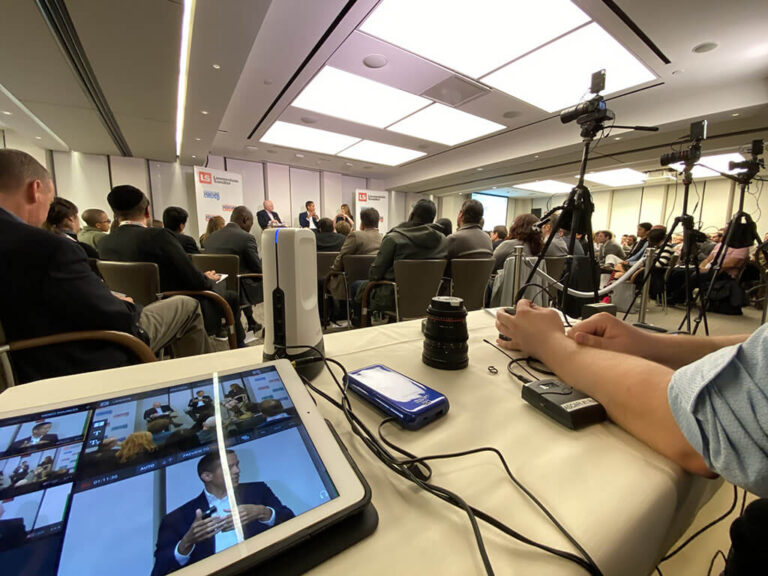Transforming Spectator Engagement Through Engaging VR Experiences within Live Productions
Transforming Spectator Engagement Through Engaging VR Experiences within Live Productions
Blog Article
In the past times, digital reality has become as potent instrument for boosting viewer engagement in real-time performances. This technology allows audiences to immerse themselves in a 3D setting, crafting a distinct encounter that traditional formats cannot easily duplicate. Through using VR, producers can move audiences into the heart of the action, making them feel as if they are integral of the performance. This innovative method not just enchants viewers but also unlocks new possibilities for storytelling and engagement.
A of the primary advantages of using VR in live productions is the ability to forge a greater engaging encounter. Audiences can engage with the performance in real-time, influencing the outcome or discovering different perspectives. For example, in a theater production, viewers wearing VR goggles can select to pursue particular roles or segments, enabling them to tailor their experience. This level of interactivity fosters a more profound connection between the viewers and the show, rendering it even unforgettable and impactful.
Additionally, VR tools can improve the sight and sound aspects of a live production. With high-quality graphics and sound design, creators can build stunning settings that attract audiences in. This engaging characteristic can elevate the complete encounter, rendering it even more captivating and pleasurable. For instance, a concert can be converted into a multi-sensory experience, where fans experience as if they are standing stage with the performers. Such improvements not just draw larger viewers but also promote repeat viewing, as audiences look to relive the thrill.
In addition enhancing viewer engagement, VR can also provide valuable insights for producers. By examining how audiences engage with the digital setting, producers can collect information on viewer preferences and behaviors. This data can guide upcoming performances, assisting to tailor content to more effectively satisfy the needs and wants of the audience. As a result, VR not only enhances the current experience but also adds to the development of live performances as a whole.
As the advancements progressing to advance, the possibilities for VR in live performances is vast. From stage shows and concerts to athletic events and festivals, the opportunities are endless. By adopting this find here cutting-edge approach, creators can revolutionize the way viewers experience real-time performances. As an increasing number of producers explore the incorporation of VR, it is likely that we will witness a shift in how shows are designed and presented, eventually leading to a greater immersive and interactive prospect for real-time performances.